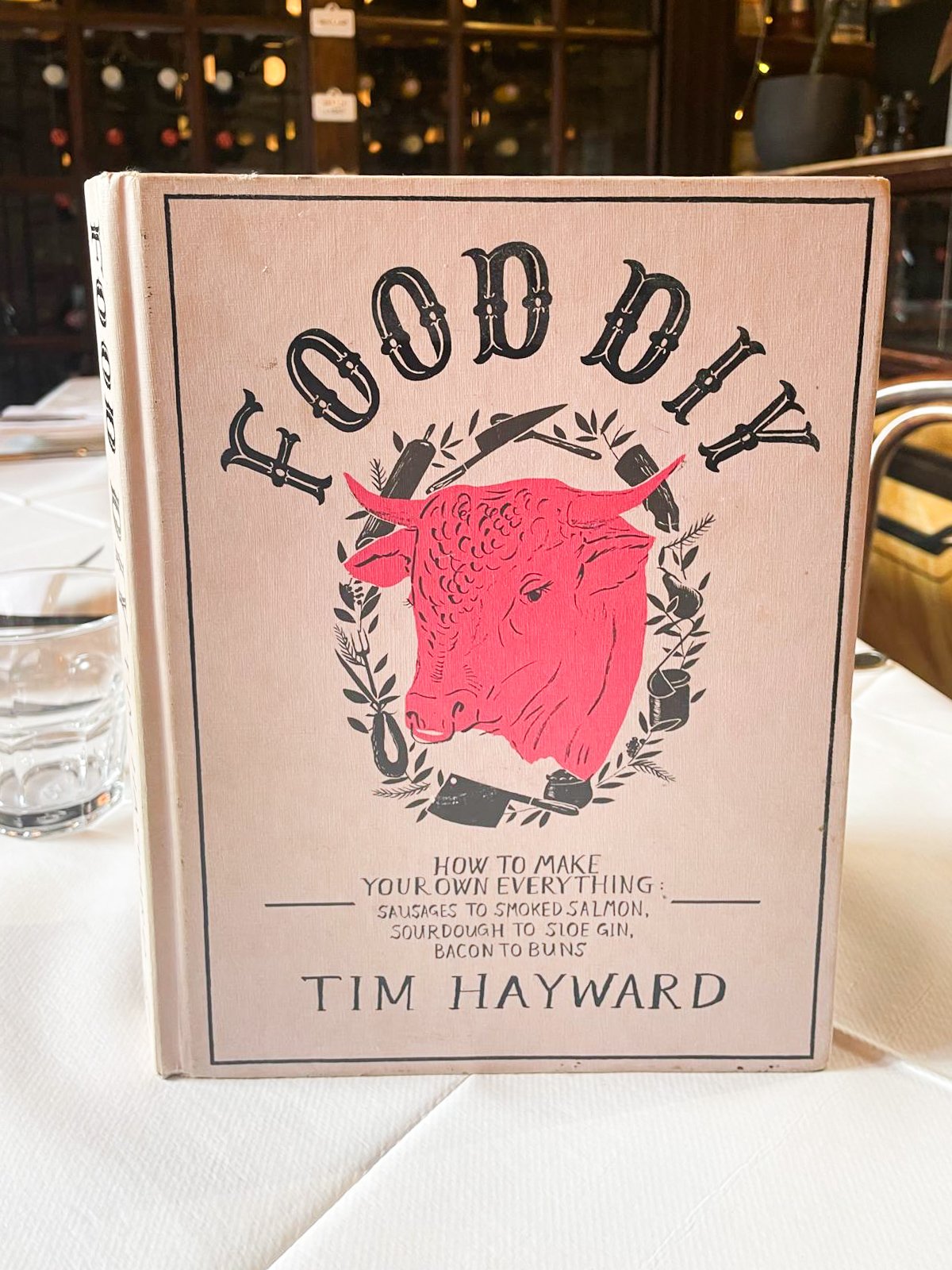Classical Recipes of The World from 1954 is a great book to use as guide to almost anything you need to know in cookery, with an A to Z like Larousse Gastronomique. It is full of interesting stats, facts and details that we may not know, or perhaps have forgotten. If you are studying, this is a good book to take to bed every night to get to learn culinary terms and dishes, when various events happen in the culinary calendar and how to write a menu to make it sound more appealing.
Henry Smith has written a number of good books around food. This is a great one. It is full of fascinating facts, sometimes unrelated to food. For example, on my birthday, 7th October, in 1777 was the battle of Saratoga, and Charles XIII of Sweden was born in 1778. I love how Henry is obsessed by the historical culinary calendar. It shows how dishes have, yet haven’t, changed much over the centuries.
Welsh rabbit, or rare bit, was well known to Italian cheesemakers long before English cookery books were printed. It called on the old Roman way of cooking called Platina style. He was the librarian to the Vatican, who it is claimed, wrote the first ever cookbook, which was later copied by the French. At this time in the sixteenth century, Italians, (the Florentines and Catherine de’ Medici) were teaching the French the arts of hospitality, as practiced in Italy at the time. Perhaps we should all look to Italy as the home of haute cuisine and modern gastronomy, which was then copied by or taught to, the French.
Henry goes on to write “right up to the fifteenth century France had little, if any, superiority over the great kitchens of England’s palaces, castles and colleges. The French exploited the Italian art of cuisine”. I love how he dedicated the book to his wife, and at the end writes, “so little time—yet, so much to do…”.










































































